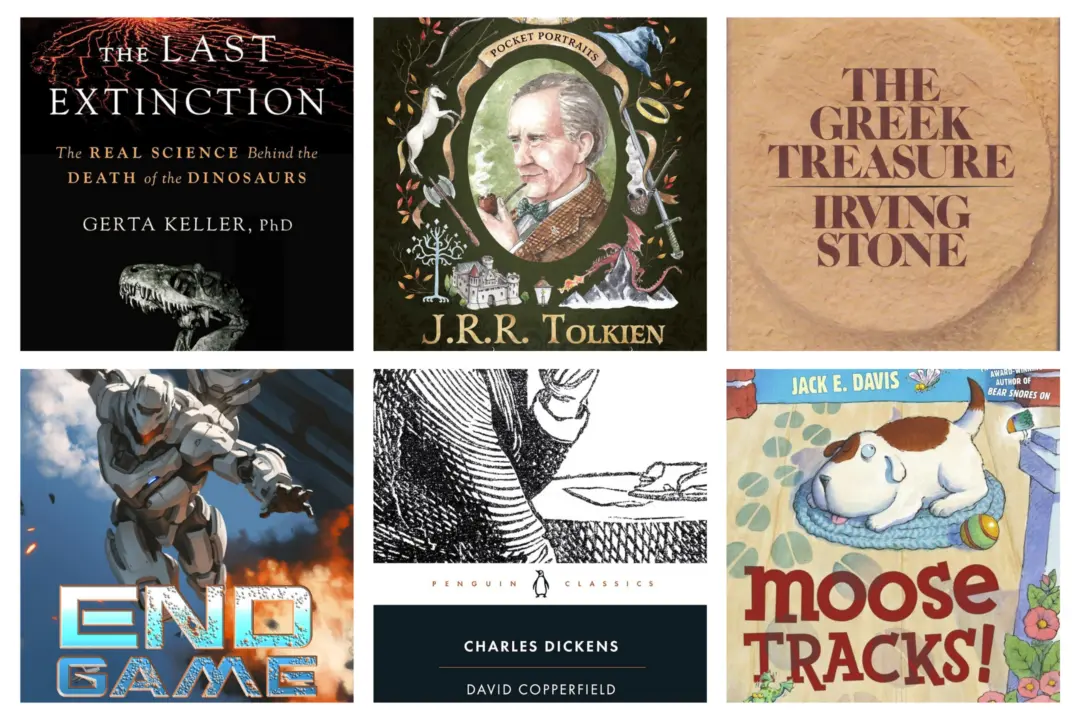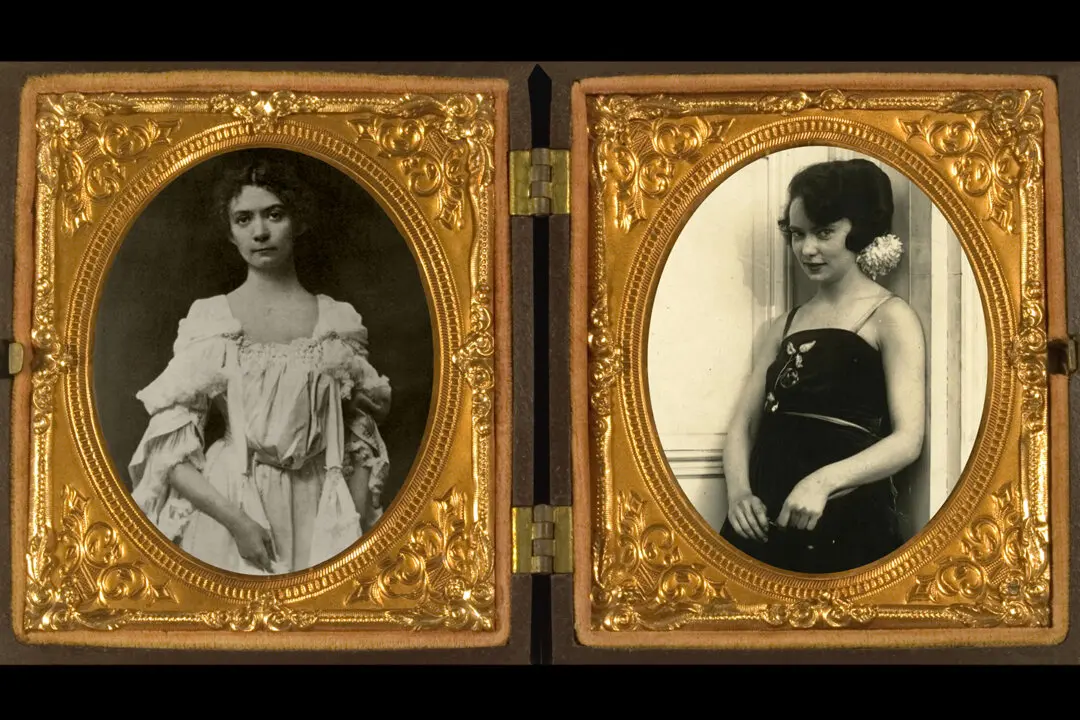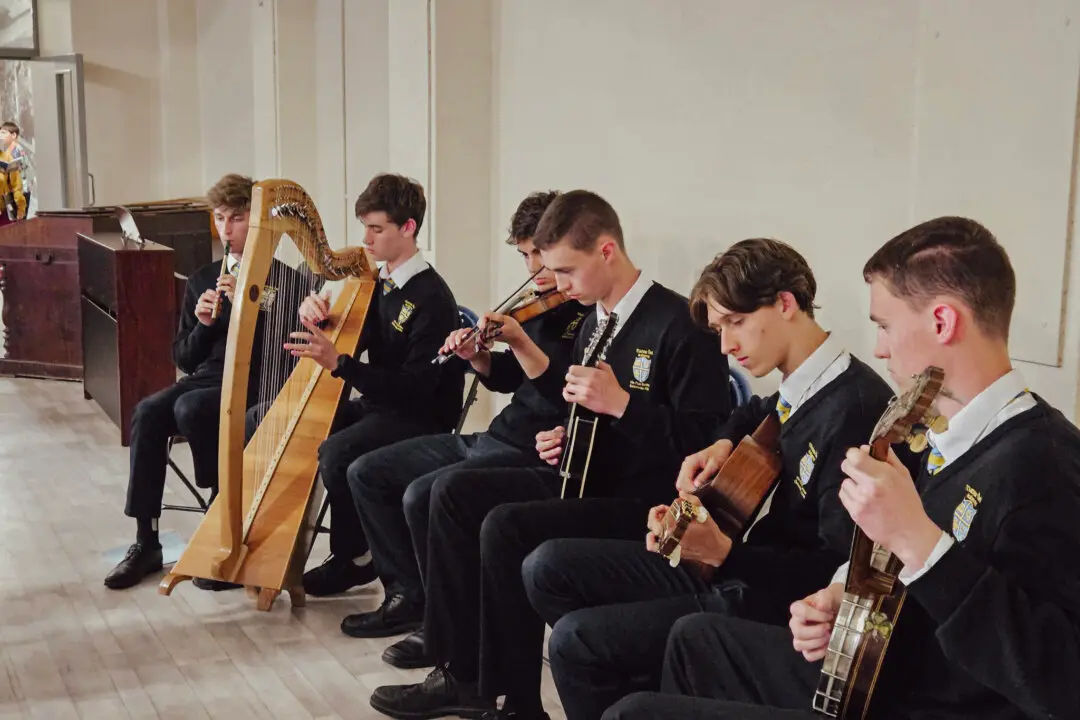Drive south down I-95 in the new year, and you’ll join a fleet of cars with license plates from New York, Massachusetts, and Canada. These are the “snow birds,” off to exchange winter’s snow and frigid temperatures for the sunshine and balmy breezes of Miami and Key West. Drive north during this same season, and you’ll see few travelers with Florida plates heading north to revel in the Arctic climate.
Many people take this dim view of winter. Spring is that long-awaited season when the earth unlocks and there’s not a snowplow to be found. Summer brings the months of leisure, when school children have put aside their books and play backyard games while Dad fusses with the grill and Mom fusses at him. Fall sports a coat of many colors, returns us to more stringent schedules and a busier pace, and ends with a day of thanksgiving for life’s blessings.






